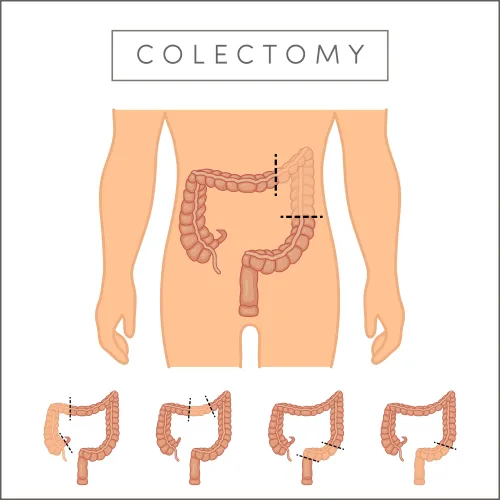General Surgery Coding Alert
Grab This G-Tube Replacement Opportunity
Make sure to document gastrostomy tract revision.
When your general surgeon performs a complicated gastrostomy tube replacement, you haven’t had a way to capture the level of work involved.
Good news: That will change on Jan. 1 when you can start using the two new CPT® 2019 codes for the service, in place of the deleted existing code.
G-Tube Changes Offer Additional Details
When your surgeon changes a patient’s gastrotomy tube percutaneously, you’re accustomed to reporting 43760 (Change of gastrostomy tube, percutaneous, without imaging or endoscopic guidance). Make sure to scratch that code from your list of options when the calendar turns to the new year, because CPT® has decided to delete it.
Instead, CPT® 2019 introduces the following two new codes, which provide more detail, to replace it:
- 43762 (Replacement of gastrostomy tube, percutaneous, includes removal, when performed, without imaging or endoscopic guidance; not requiring revision of gastrostomy tract)
- 43763 (… requiring revision of gastrostomy tract).
Like the existing code, these new additions apply when the physician performs the G-tube replacement percutaneously without guidance or imaging. Make sure you know the key difference between the new codes. Use 43762 when the surgeon doesn’t revise the gastrostomy tract during the replacement, and opt for 43763 when the surgeon documents that he does revise the gastrostomy tract.
“The most routine procedures, probably over 95 percent, have no requirement to dilate or otherwise revise a gastrostomy,” says Glenn D. Littenberg, MD, MACP, FASGE, AGAF, a former CPT® Editorial Panel member in Pasadena, California.
“If significant instrumentation needs to be done to open up a tightly stenosed tract (situations surgeons typically take care of), then the 43763 code applies,” Littenberg says. “The issue isn’t the place of service or specialty but the complexity of procedure. Surgeons requested the new code for the infrequent circumstances where gastrostomy replacement isn’t fairly standard and straightforward.”
Tip: Freshening the skin-level ostomy doesn’t qualify as a revision. Instead, the service must address the lumen of the tract itself.
Related Articles
General Surgery Coding Alert
- CPT® 2019:
Focus FNA Reports With New 'Guidance-Specific' Codes
Distinguish first and subsequent lesions. The two existing codes your general surgeon relies on to [...] - Modifier Quiz:
Check Your Modifier Know-How With These 5 Scenarios
Recall X{EPSU} options. Modifiers can make or break your Medicare claims, so take this opportunity [...] - Modifier Quiz Answers:
See How Your Modifier Quiz Answers Stack Up
Forget these coding tools and lose pay. Now that you’ve tried your hand at coding [...] - CPT® 2019:
Grab This G-Tube Replacement Opportunity
Make sure to document gastrostomy tract revision. When your general surgeon performs a complicated gastrostomy [...] - You Be the Coder:
Code This PTA Case
Question: For a case involving a peritonsillar abscess (PTA), the surgeon performed an incision and [...] - Reader Question:
Honor Patient PHI Request
Question: Do you have any advice to help us protect our patients’ health information, if [...] - Reader Question:
Don't Double-Dip 'Diagnostic'
Question: One of our surgeons performed a diagnostic laparoscopy with ovarian cystectomy. Would it be [...] - Reader Question:
Override CCI Edit for Separate Uterine Adnexa Sites
Question: Our surgeon laparoscopically removed the patient’s right ovary and tube, but also lysed adhesions [...] - Reader Question:
Restrict Modifier GT Use
Question: I heard that there was an update about modifier GT but don’t understand it. [...]




